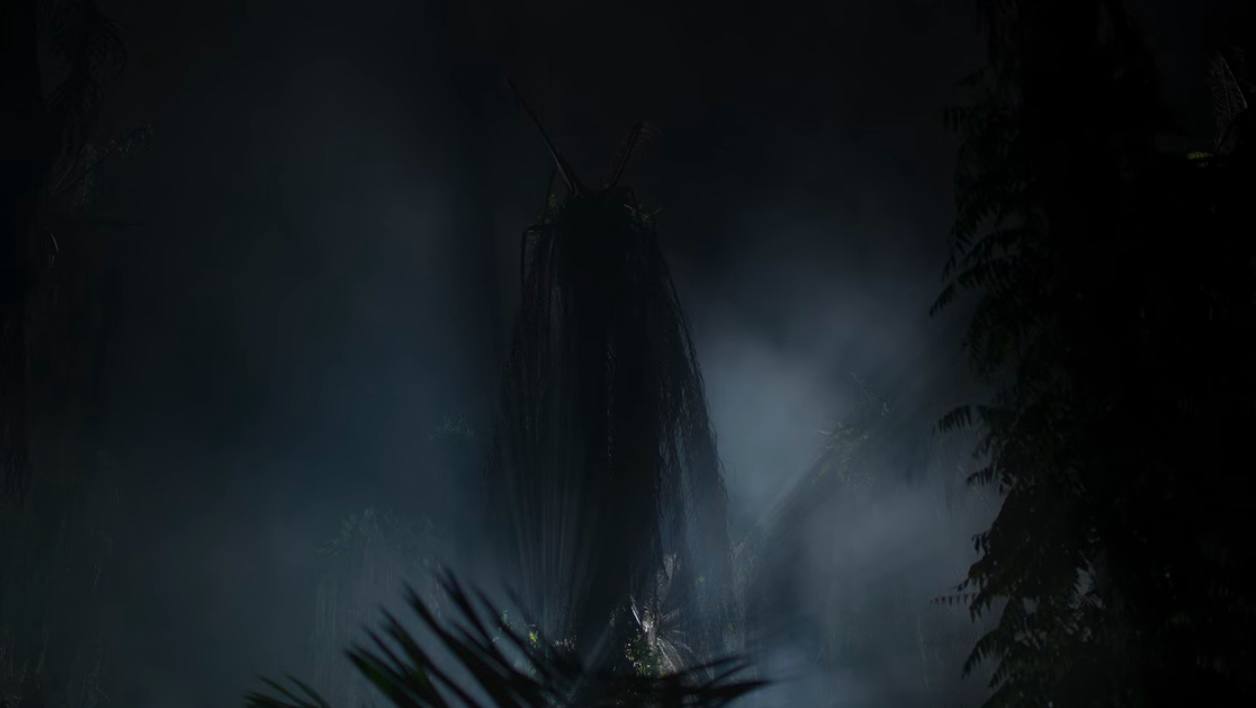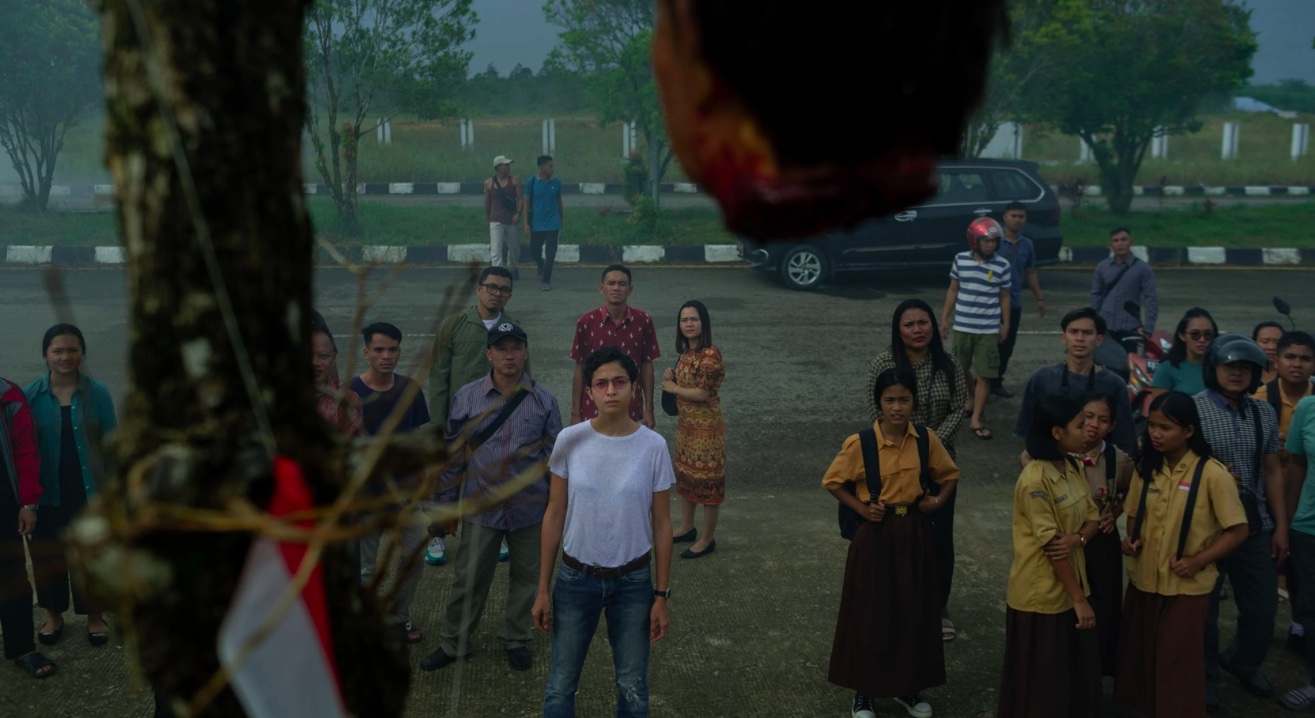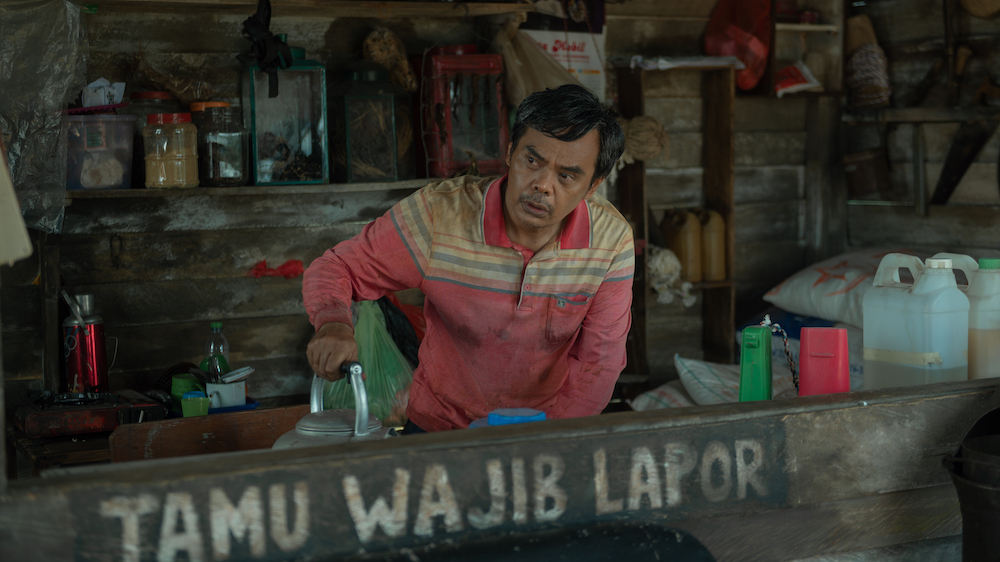In Netflix’s ‘Borderless Fog,’ a big city cop arrives in a small border town to investigate a string of brutal murders. Quickly, she finds herself getting entangled in the complicated politics and the corruption in the department. Another thing that works its way into her investigation is the story of a soldier’s ghost who haunts the forest where the dead bodies are found. To some of the locals, it seems that the ghost has turned vengeful and is resorting to murder, but to the detective, it just seems a way to cover up things and a distraction by the real murderer. By the end, however, her thoughts go through a radical change. The influence of the ghost story in the movie is such that it is bound to leave the viewer wondering whether it borrowed from a real story. SPOILERS AHEAD
Ambong’s Story in Borderless Fog is Fictional

The film begins with a title card that talks about the joint effort of Indonesian and Malaysian forces against the communist military outfit, PARAKU, and their leader, Ambong, who was the only one to neither be killed nor caught by the end of the conflict. He hid in the forests and is believed to have stayed there since, walking through the endless fog that covers the woods. To many, Ambong is someone to be feared, but to others, especially children, he is a good spirit who helps and guides them when they are in the forest.
While the story of Ambong has considerable influence in the story, it is not a real tale. The film uses the real backdrop of the fight between PARAKU and the Indonesia-Malaysian joint forces to lay the foundation of its plot. However, facts are used to create fictional tales, which lends the latter an air of realism and gives the audience something grittier to believe. So, while it is true that communist forces did engage in a decades long fight in the Borneo region (which is where the story is set), there is no record of someone named Ambong and his ghost. Due to the blood-laced history of the region, it is likely that there are stories of ghosts lingering in the forest; some of them may be of soldiers who fought and died in the place. The movie likely borrows that element from reality and concocts its own ghost out of thin air to support the plot.
Ambong’s Existence in the Movie is Left Ambiguous
In the movie, as soon as Sanja Arunika starts her investigation, she hears about Ambong’s tale. The ghost is mentioned repeatedly, and even Sanja starts to have visions that she cannot explain. The film also leans into the ghost aspect well enough for us to suspect if the ghost is the real killer. By the end, however, it becomes clear that the killings are the work of a human, and yet, the question of the ghost lingers.

Interestingly, with all the talk of the ghost, we never actually see the ghost in the film. It is through the eerie atmosphere that the film hints at the presence of something sinister. The repeated visuals of the trees, especially at the end, when the tree looks like the devil with horns, hint at the existence of something supernatural and plants the idea of it playing some role in the killings. However, the ghost never makes itself clearly visible to anyone, and this brings us back to square one: was there really a ghost, or was it simply a story concocted by Bujang to distract the cops?
The ambiguity over the question is intentional. Not only does this approach lend realism to the movie, but it also makes the audience more attentive to detail. Because most of the things in the film are rationally explained, it leaves us skeptical about the things that are not directly resolved, making us wonder if there was something we missed that could offer an explanation for the unresolved mystery.
Read More: Borderless Fog Ending Explained: Who is the Killer?


You must be logged in to post a comment.